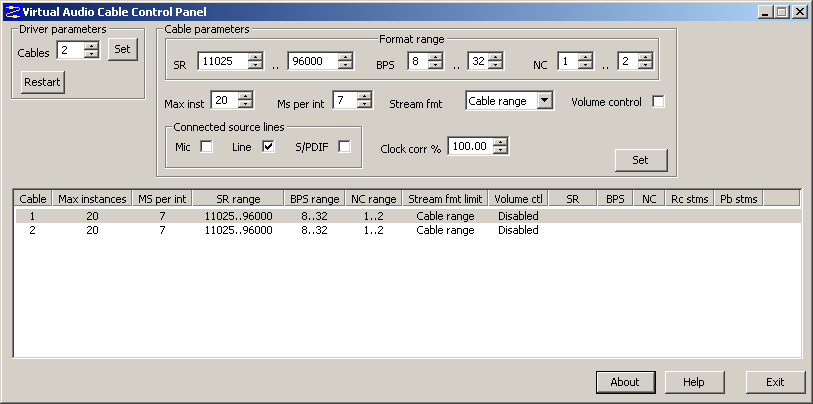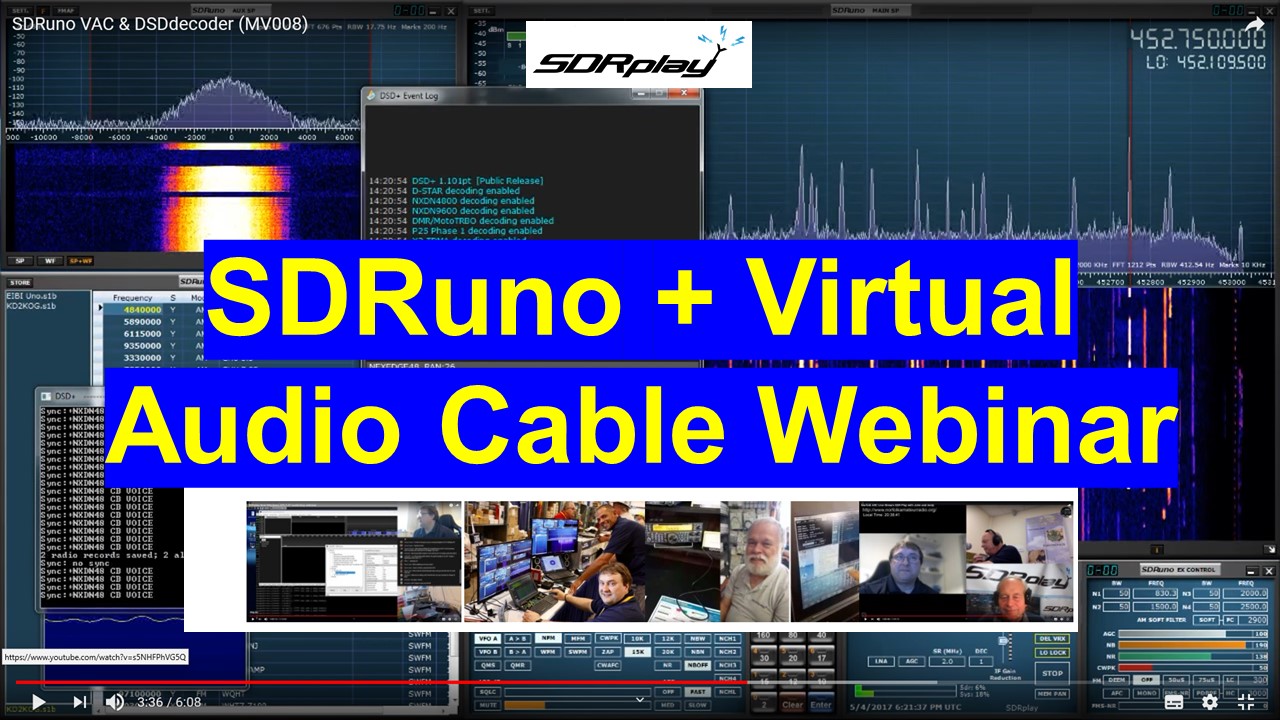

See the picture below.įinally, we need to run DSDPlay and tell it on the command line to pick our virtual audio cable as the input and our speakers as our output - assuming you want to hear the decoded speech.

Select the RX Control Settings button, select the OUT tab and pick the audio cable from the WME Output Device drop down. I also ensured that Mono reception was enabled (MONO).Ī number of virtual audio cable solutions exist, which every one you choose, you need to send the output of the SDRUno software to the cable. DEEM is not lit), and disabled de-emphasis (OFF). Also I turn off the squelch (SQLC) and set the volume to between a third and a half.Īdditionally, on the EX Control panel (click EXW no the RX Control title bar to get EX Control Panel up), I turned DEEM off (i.e. A little internet searching revealed a few key settings shown on the picture below.įirst, select Narrowband FM (NFM) and I set the filter to 12k and turn off Noise Reduction (NR) and Noise Blanking (NBOFF).

SDRUno was a tricky one to get set up correctly. In order to do that, I needed to configure SDRUno, pipe the audio down a virtual audio cable to DSD+ and then run DSD+ in the right mode. There are three widely used Digital Voice systems:ĭSD Plus is a software suite that can be used to decode DMR data received on my SDR. One area that I hadn't really explored was digital voice. Of course, I can also use it to listen to the amateur bands. It's an excellent SDR for listening to Airband, Shortwave broadcast, FM broadcast and with an add-in DAB and DAB+ broadcast stations. My current SDR is a SDRplay RSP1A which comes with the SDRUno software package. My current settings and set up for listening to DMR over my SDR SDRplay RSP1A


 0 kommentar(er)
0 kommentar(er)
